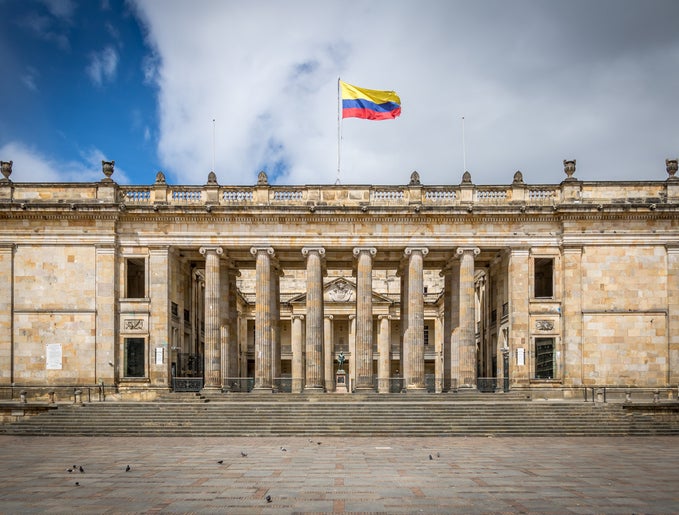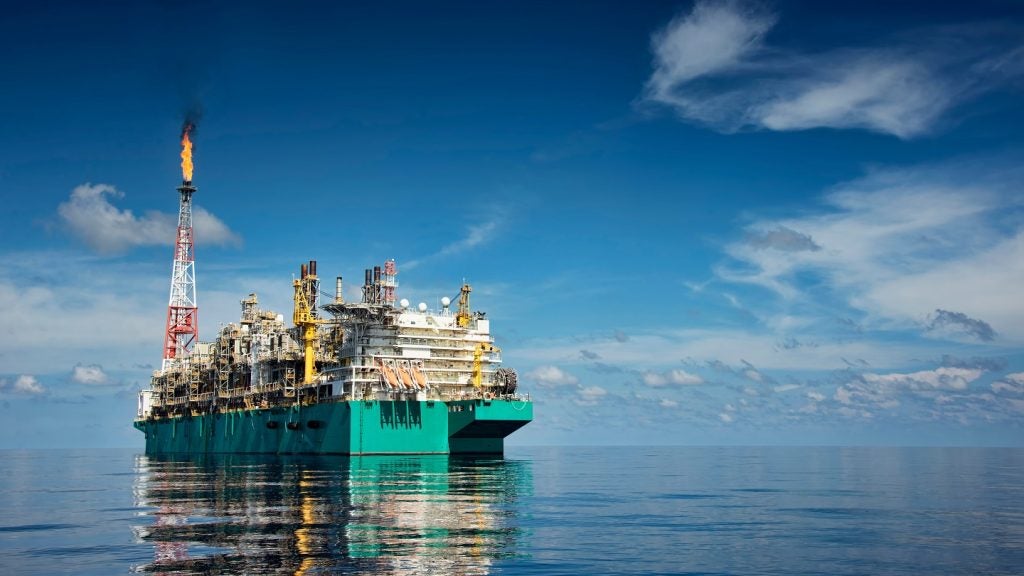Kebabangan Cluster is a producing conventional gas field located in shallow water in Malaysia and is operated by Kebabangan Petroleum Operating Company Sdn. According to GlobalData, who tracks more than 34,000 active and developing oil and gas fields worldwide, the field is located in block Kebabangan Cluster, with water depth of 213 feet. Buy the profile here.
Field participation details
The field is owned by ConocoPhillips, Petroliam Nasional and Shell.
Production from Kebabangan Cluster
The Kebabangan Cluster conventional gas field recovered 32.48% of its total recoverable reserves, with peak production expected in 2025. Based on economic assumptions, production will continue until the field reaches its economic limit in 2047. The field currently accounts for approximately 5% of the country’s daily output.
About Kebabangan Petroleum Operating Company Sdn
Kebabangan Petroleum Operating Company Sdn Bhd is an exploration and development of oil and natural gas resources. The company is headquartered in Kuala Lumpur, Malaysia.
See Also:
For more details on the Kebabangan Cluster Conventional Gas Field, buy the profile here.
Premium Insights
From

The gold standard of business intelligence.
Blending expert knowledge with cutting-edge technology, GlobalData’s unrivalled proprietary data will enable you to decode what’s happening in your market. You can make better informed decisions and gain a future-proof advantage over your competitors.





